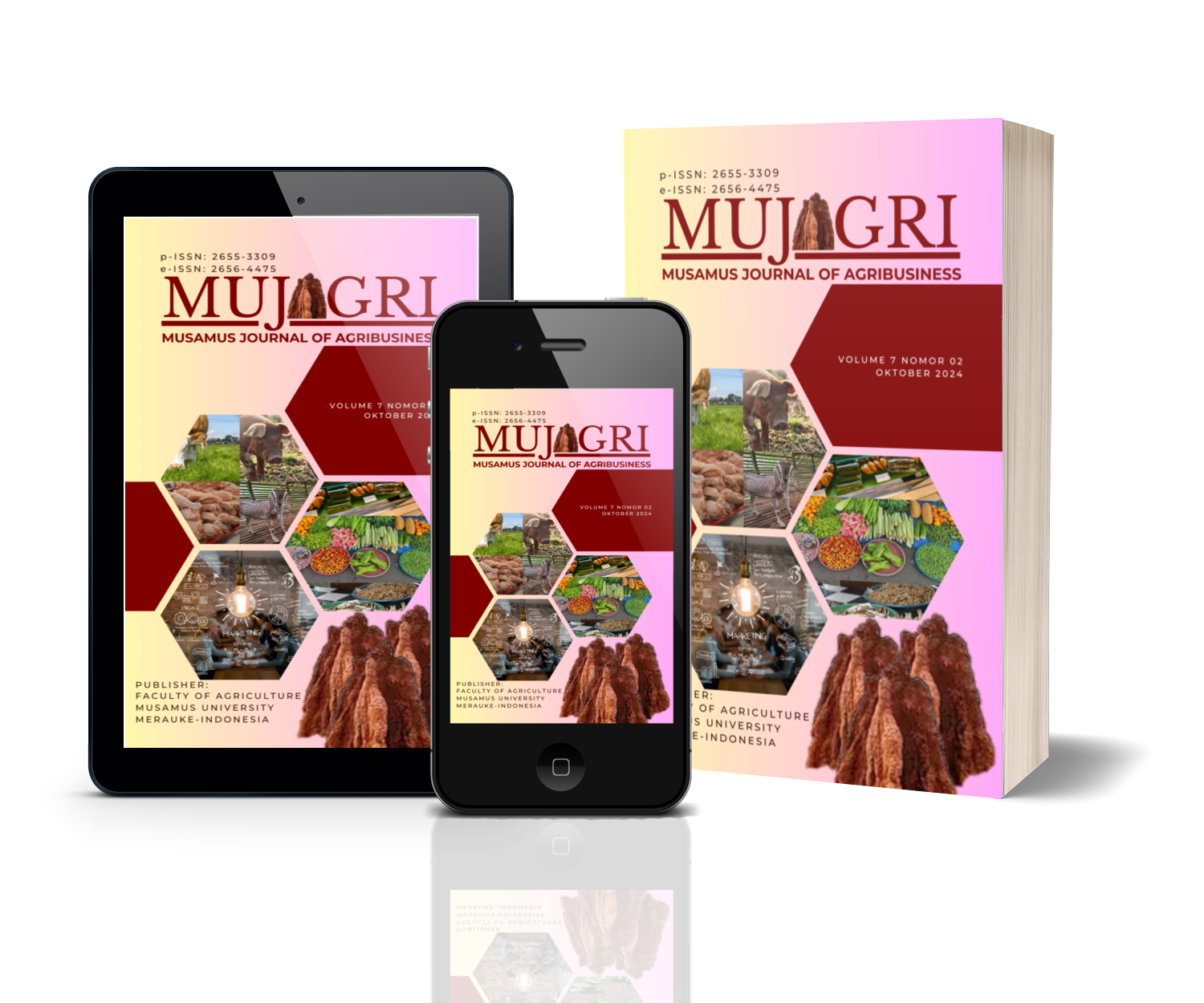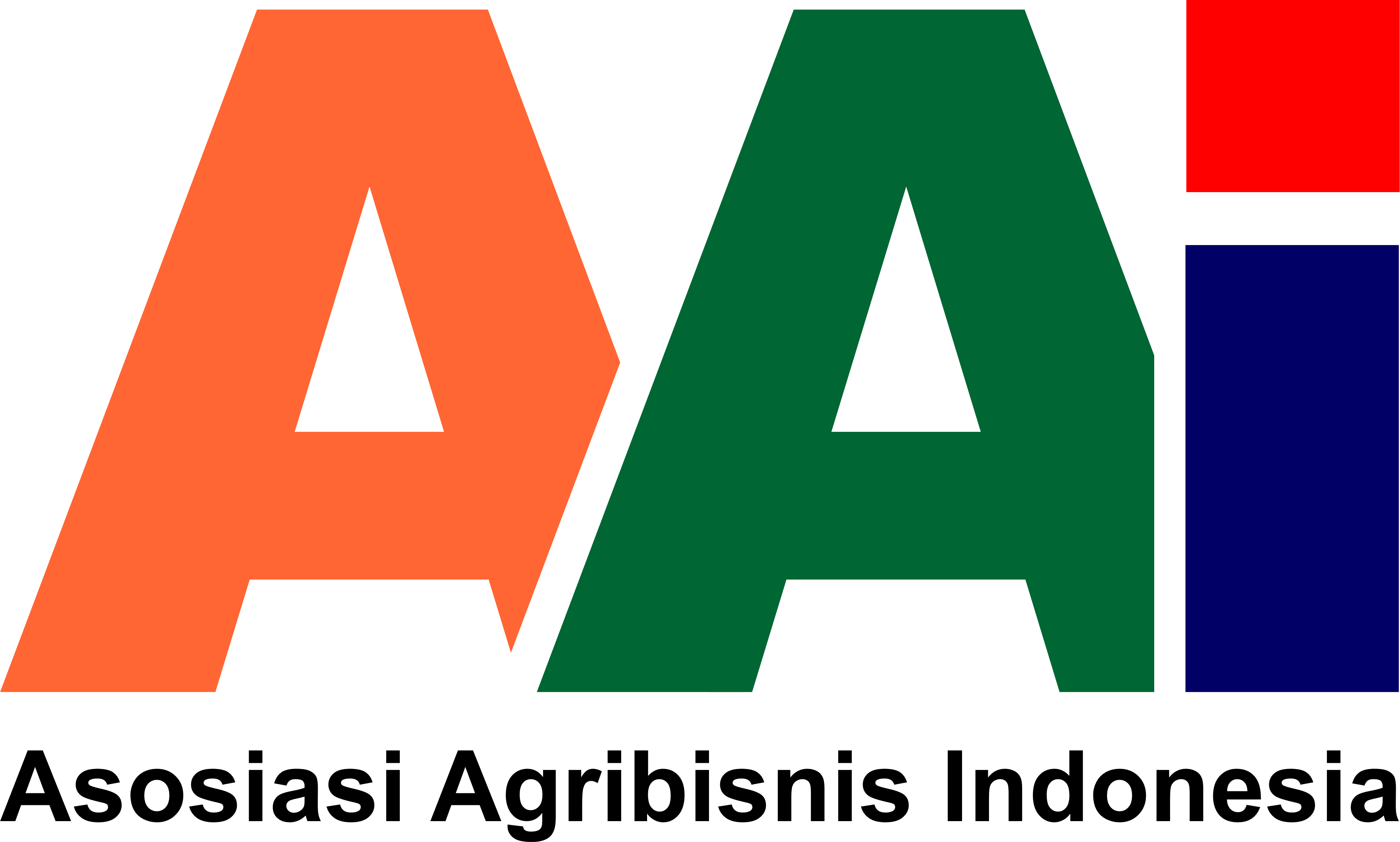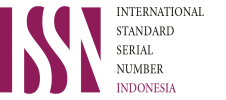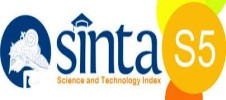Analisis Efisiensi Alokatif Faktor Produksi Usahatani Ubi Kayu di Desa Makkawaru Kecamatan Mattirobulu Kabupaten Pinrang
Abstract
Agriculture is critical to Indonesia's development and poverty alleviation efforts. In Pinrang District, South Sulawesi, cassava cultivation is a major driver of the local economy, especially in Mattiro Bulu Sub-district. The study aims to analyze how efficient the allocation of the use of input factors in cassava production is. The study used a random sampling method where samples were taken randomly, involving 32 cassava farmers from a population of 215 people. Findings in the Cobb Douglass regression testing research of the independent variables that have a real effect on cassava production are X1, X2, X3 and X4 have no real effect. Meanwhile, the allocative efficiency that X1, X2, X3 and X4 are at the level of inefficient allocation. This condition occurs because the efficiency value of production factor inputs has not reached 1. This needs to be adjusted by reducing the number of inputs used in the cassava production process.
References
Adhiana, A. (2020). Analisis Efisiensi Alokatif Usaha Tani Ubi Kayu di Kecamatan Tanjung Morawa Kabupaten Deli Serdang Provinsi Sumatera Utara. Agrifo : Jurnal Agribisnis Universitas Malikussaleh, 5(2), 151. https://doi.org/10.29103/ag.v5i2.3891.
Adhiana, R. (2022). Analisis Efisiensi Ekonomi Usahatani Ubi Kayu Di Kecamatan Tanjung Morawa Kabupaten Deli Serdang. Seminar Nasional Bersinergi Meningkatkan Ketahanan Pangan, Universitas Islam Batik Surakarta, 27–35. https://repository. unimal.ac.id/7306/.
Andriatmoko, N. (2020). Analysis of Production Factor Efficiency in Organic Rice Farming (Oryza sativa) (A Case in Sukorejo Village, Sambirejo Sub-district, Sragen District). Habitat, 31(1), 1–10. https://doi.org/https://doi.org/10.21776/ub.habitat.2020.031.1.1.
Anggraini, N., Harianto, H., & Anggraeni, L. (2016). Efisiensi Teknis, Alokatif dan Ekonomi pada Usahatani Ubikayu di Kabupaten Lampung Tengah Provinsi Lampung. Jurnal Agribisnis Indonesia, 4(1), 43. https://doi.org/10.29244/jai.2016.4.1.43-56.
Asmarantaka, R. W., & Zainuddin, A. (2017). Efisiensi dan Prospektif Usaha Tani Ubi Jalar (Studi Kasus Desa Petir, Dramaga, Jawa Barat, Indonesia). Jurnal Pangan, 26(1), 23–36. https://doi.org/10.33964/jp.v26i1.348.
Badan Pusat Statistika. (2023). Badan Pusat Statistika Kecamatan Mattiro Bulu Dalam Angka 2023. In S. T. S. Zidan Fakhri Zhafiri (Ed.), BPS Kabupaten Pinrang. BPS Kabupaten Pinrang.https://pinrangkab.bps.go.id/id/publication/2023/09/26/591d0c9760df237c4b98 85ec/kecamatan-mattiro-bulu-dalam-angka-2023.html.
Budiawati, Y., Perdana, T., & Natawidjaya. (2016). Efficiency Analysis of the Use of Factors of Cassava Productio in Garut Regency. Jurnal Agribisnis Terpadu, 9(13), 1–17. https://doi.org/http://dx.doi.org/10.33512/jat.v9i2.2498.
Fadzim, W. R., Azman Aziz, M. I., Mat, S. H. C., & Maamor, S. (2016). Factors affecting efficiency of smallholder cocoa farmers: A tobit model application in Malaysia. International Journal of Economics and Financial Issues, 6(7Special Issue), 115–119. https://www.econjournals.com/index.php/ijefi/article/view/3591.
Gujarati dan Zain. (1992). Essentials Of Econmetrics. https://scpd.gov.kw/ Englishbooks/Essentials Of Econmetrics.pdf.
Kamaruddin, K., Pupitasari, D., & Asmini, A. (2022). Pengaruh Faktor Produksi Terhadap Peningkatan Produktivitas Sektor Pertanian (Studi Pada Masyarakat Petani di Kabupaten Sumbawa). Jurnal Ekonomi & Bisnis, 10(3), 379–389. https://doi.org/ 10.58406/jeb. v10i3.1049.
Manyamsari, I., & Mujiburrahmad. (2014). Karakteristik Petani dan Hubungannya dengan Kompetensi Petani Lahan sempit (Farmer characteristics and their relationship to competence in small farming). Agrisep, 15(2), 58–74. http://jurnal.unsyiah.ac.id/ agrisep/article/view/2099.
Mubyarto. (2011). Pengantar ekonomi pertanian. Lembaga Penelitian, Pendidikan dan Penerangan Ekonomi dan Sosia. https://books.google.co.id/ books/about/Pengantar_ ekonomi_pertanian.html?hl=id&id=i1csaaaamaaj&redir_esc=y.
Mudaffar, R. A. (2023). Analisis Efisiensi Alokatif Input Produksi pada Usahatani Padi di Desa Harapan Kecamatan Walenrang. Perbal: Jurnal Pertanian Berkelanjutan, 11(2), 149–159. https://doi.org/10.30605/perbal.v11i2.2696.
Novia, R. A. (2011). Respon Petani Terhadap Kegiatan Sekolah Lapangan Pengelolaan Tanaman Terpadu (Slptt) Di Kecamatan Ajibarang Kabupaten Banyumas. Mediagro, 7(2), 48–60. https://doi.org/http://dx.doi.org/10.31942/mediagro.v7i2.574.
Nurdin. (2016). Pengaruh Faktor Produksi Terhadap Produksi Nasu Palekko Di Kabupaten Sidenreng Rappang. Jurnal Economix, 7(2), 17–24. https://ojs.unm.ac.id/economix/ article/viewFile/8392/4859.
Puryantoro, P., & Wardiyanto, F. (2022). Analisis Faktor Produksi Dan Efisiensi Alokatif Usahatani Bawang Merah Di Kabupaten Situbondo. Jurnal Pertanian Cemara, 19(1), 20–29. https://doi.org/10.24929/fp.v19i1.1978.
Saptana, N. (2016). Konsep Efisiensi Usahatani Pangan dan Implikasinya bagi Peningkatan Produktivitas. Forum Penelitian Agro Ekonomi, 30(2), 109. https://doi.org/10.21082/ fae.v30n2.2012.109-128.
Sjakir, M., Awang, A. H., Manaf, A. A., Hussain, M. Y., & Ramli, Z. (2015). Learning and technology adoption impacts on farmer’s productivity. Mediterranean Journal of Social Sciences, 6(4S3), 126–135. https://doi.org/10.5901/mjss.2015.v6n4s3p126.
Sugiantara, I. G. N. M., & Utama, M. S. (2019). Pengaruh Tenaga Kerja, Teknologi Dan Pengalaman Bertani Terhadap Produktivitas Petani Dengan Pelatihan Sebagai Variabel Moderating. Buletin Studi Ekonomi, 1. https://doi.org/10.24843/bse.2019.v24.i01.p01.
Sundari, T. (2010). Petunjuk Teknis Pengenalan Varietas Unggul dan Teknik Budidaya Ubi kayu (Materi Pelatihan Agribisnis bagi KMPH). In Balai Penelitian Kacang-kacangan dan umbi-umbian (Issue 55). http://www.forclime.org/merang/55-ste-final.pdf
Titiek Islami. (2015). Ubi Kayu; Tinjauan Aspek Ekofisiologi serta Upaya Peningkatan dan Keberlanjutan Hasil Tanaman. Graha Ilmu. http://grahailmu.co.id/previewpdf/978-602-262-424-0-1424.pdf.
Copyright (c) 2024 Amaliah Fitrah Aliah, Rasdiana Mudatsir, Andi Amran Asriadi

This work is licensed under a Creative Commons Attribution-NonCommercial-ShareAlike 4.0 International License.
The authors who publish in Musamus Journal of Agribusiness agree to the following terms:
- Authors retain copyright and grant the journal right of first publication, with the work simultaneously licensed under a Creative Commons Attribution License that allows others to share the work with an acknowledgement of the work's authorship and initial publication in this journal.
- This journal provides immediate open access to its content. All the articles are licensed under a Creative Commons Attribution-NonCommercial-ShareAlike 4.0 International License.
- Authors grant the journal the following rights: (1) first publication and distribution of the article, (2) making it available to the public, and (3) public presentation.
- Authors have the right to enter into separate contractual arrangements for posting the article to an institutional repository or publishing it in a book with an acknowledgement of its initial publication in this journal.
- Authors are permitted to post citations from their work online (e.g., on their website) with an acknowledgement of its initial publication in this journal






.gif)








v1.png)
3.png)

